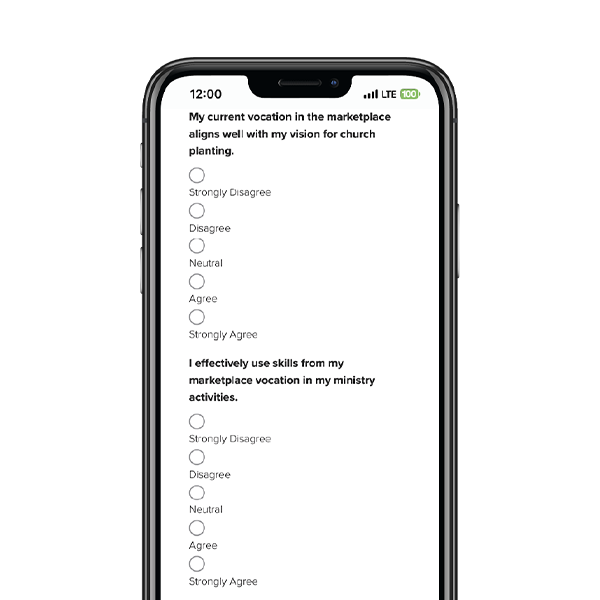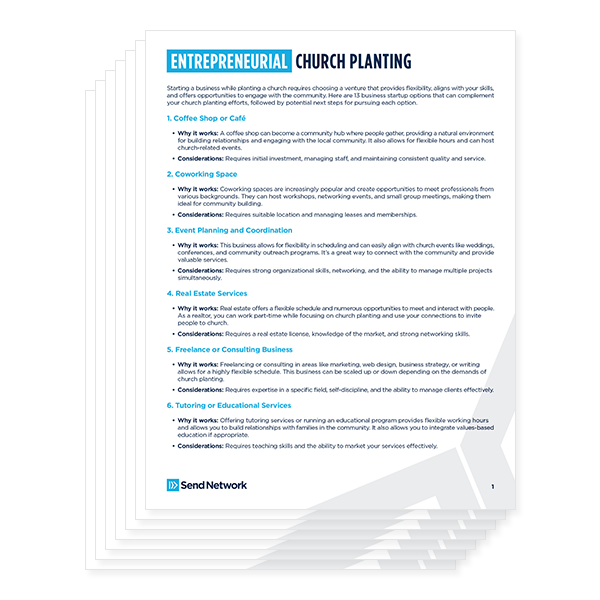Maybe you’ve seen it happen. A new believer joins a local church, and is thrilled by his changed life. He shows up at every church event. He consumes knowledge of the Bible. But then something happens. The excited new believer slowly wanders away, and few people in the church notice.
Too often, this story resounds in churches that have a poor assimilation strategy. They might reach people for Christ, but they have no intentional plan to keep the people they reach. Their back door remains as open as their front door.
Listed below are six steps to evaluate your congregation’s assimilation strategy. Taking these steps will require some work, but no church should be pleased when new believers disappear.
Review evangelism approach
Review the church’s primary approach to evangelism. Sometimes new members fall away because the presentation of the gospel they hear is incomplete. The gospel call that weakens repentance is insufficient, and the result is often new members who fall again into previous sin patterns.
A gospel message that speaks only of blessings without commitment commonly leads to new believers who depart the church when those blessings are not immediately realized.
A poor presentation of the gospel often reaps what it sows.
Review discrepancies in attendance
Compare the church’s addition numbers with corresponding attendance numbers. If, for example, a church reports twenty-five new believers in the last two years with a corresponding attendance increase of only ten, further review is warranted. The causes for the discrepancy may be many (e.g., job transfers for current members, deaths in the church, teams sent to church planting, conflict in the church), but one cause is often poor assimilation of new believers.
Review new believers participation
Review attendance and participation records of specific new believers. In the above scenario, review the records for the twenty-five new believers. Are the new believers actively attending a small group? Are they participating in some type of ministry? Are they accountable to someone for their spiritual growth? If all new members are attending and participating, the cause for the membership/attendance discrepancy may not be related to poor assimilation—at least not of these new believers. Seldom have we found that to be the case, however.
Evaluate church’s assimilation strategy
Evaluate the church’s current strategy for keeping new believers. Our studies of growing churches have shown four components of effective assimilation, best illustrated in an “assimilation rectangle”:
assimilation-rectangle
Stated expectations help the new believer understand up front what God and the church expect; the growing believer is then held accountable to these expectations through participation in a small group.
Ministry involvement—even in an “entry” position—gives the new believer purpose in the church. Involvement begins with a strategy to help believers understand their giftedness and callings.
Healthy relationships help form the “glue” that draws new believers back to church; discipled members then turn around and reach out to others.
Convictional teaching and preaching meet the needs of new believers who long for Christian growth; these same believers then mature and grow under that preaching.
In many cases, though, churches have no intentional strategy in place. Where there is no intentional strategy based on these components, it is not surprising that new believers do not remain long at such a church.
Interview non-participating new believers
Talk with new believers who no longer attend the church. Interviewing church members is one of the most helpful and productive strategies of church consulting. With the church’s help, locate non-attending new believers and ask them why they no longer attend. Again, the causes may be several (e.g., laziness, church conflict, recurrent sin, “never really fit in,” etc.), but the church must recognize that something is amiss when new believers no longer participate in the church. Interviewing them may be the first step toward drawing them back to the congregation.
Interview participation new believers
Interview new believers who have remained in the church. Just as something happens to lead to non-participation, something usually happens to keep new believers in the fold. The new believer may not be prepared to articulate that “something,” but a good consultant can interpret answers as needed. “It’s just friendly church” may mean, “They connected with me relationally.” “I feel important here,” may mean, “The church has given me some purpose.” “I get answers here” may well reflect the church’s commitment to teaching truth.
Our goal should be to reach and keep new believers in the church. What other steps would you recommend?
Published April 30, 2015




